CS Unplugged: Field guide: Computer Vision
An online resource for teaching Computer Science to students, this chapter focusses on Computer Vision. This chapter covers the impact on computer vision as a result of increases in computer power, decrease in the size of computers and progressively more advanced algorithms.
Additional details
| Year band(s) | 7-8, 9-10 |
|---|---|
| Format | Web page |
| Australian Curriculum Digital Technologies code(s) |
AC9TDI8K03
Investigate how digital systems represent text, image and audio data using integers
AC9TDI10K03
Investigate simple data compression techniques
AC9TDI10P10
Evaluate existing and student solutions against the design criteria, user stories, possible future impact and opportunities for enterprise
AC9TDI10P11
Select and use emerging digital tools and advanced features to create and communicate interactive content for a diverse audience
AC9TDI8P10
Evaluate existing and student solutions against the design criteria, user stories and possible future impact |
| Technologies & Programming Languages | Artificial Intelligence |
| Keywords | Algorithms, Computer Vision, Computer power, Applications, Processing images, Apps, Smartphones, Digital cameras, Edge detection |
| Organisation | University of Canterbury, New Zealand |
| Copyright | University of Canterbury, New Zealand. Creative Commons BY-NC-SA 4.0. |
Related resources
-
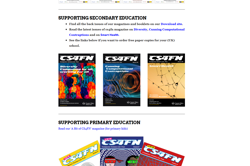
Teaching London Computing
Find activities for learning about Computer Science in fun ways on this site based on our underpinning Computer Science Education research.
-

Codecademy
This site provides tutorials on web design tools. Requires free registration.
-
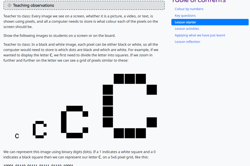
CS Unplugged: Image Representation - Colour by Numbers
Use these activities with your students to explore how computers store and transmit data to create a black and white image.
-
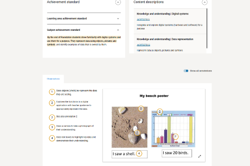
Work Samples
This site provides access to annotated work samples in accordance with the Australian curriculum for years F-10.
-
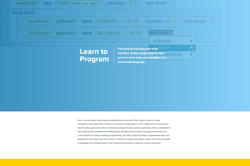
Alice
Alice is a FREE 3D programming environment that makes it easy to create an animation for storytelling, playing an interactive game, or a video to share on the web.
-

The Office of the eSafety Commissioner: Parent resources
Online safety resources for parents and carers.
-
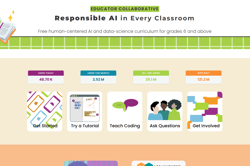
App Inventor EDU
Use this six week teaching program using a project based curriculum that allows students to explore the world of computer science through the creation of smartphone apps.
-

Network Protocols
Use this unplugged activity to explore how computers talk to each other over the internet via messages.
